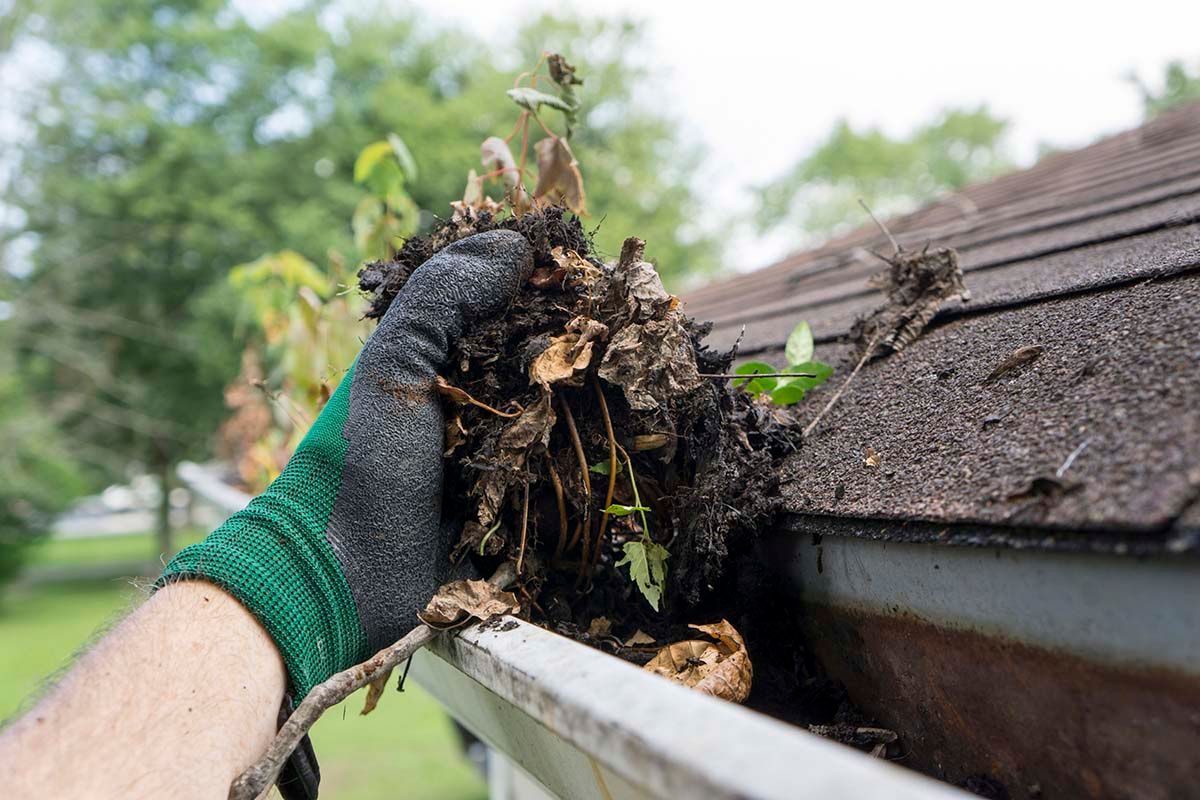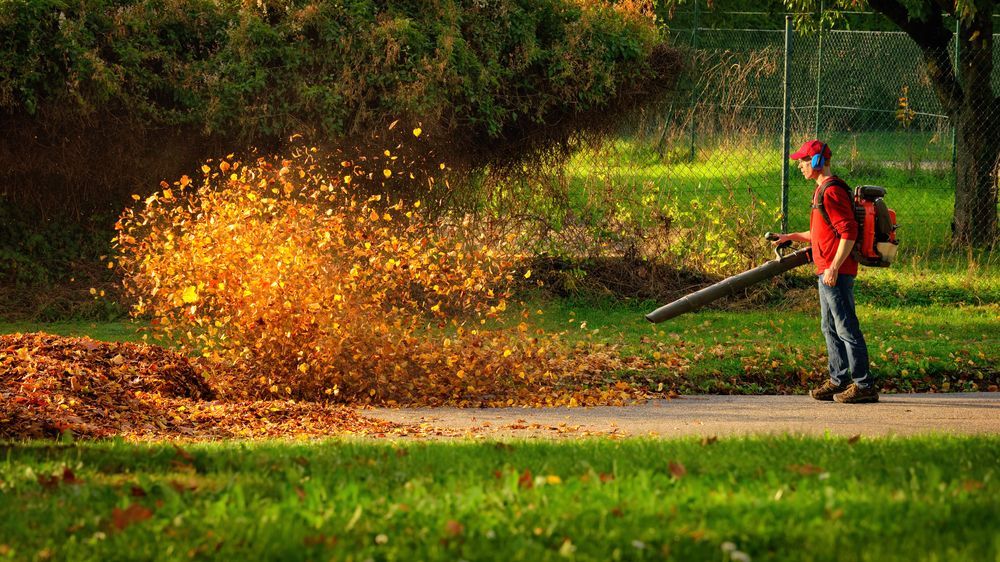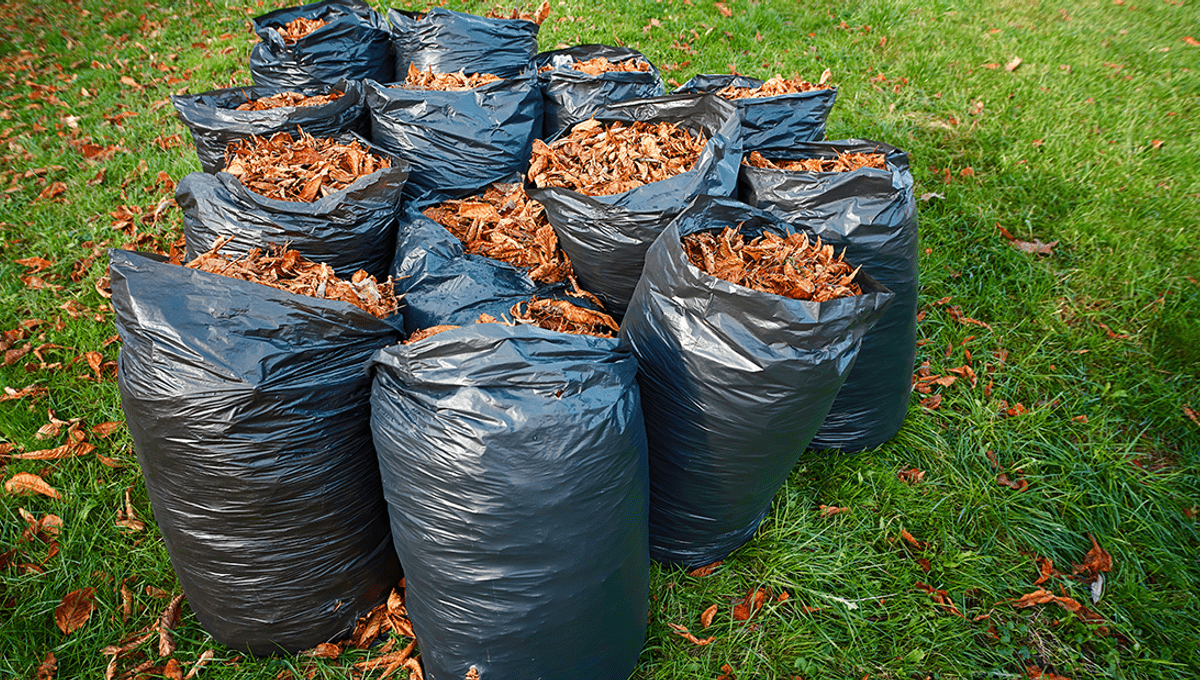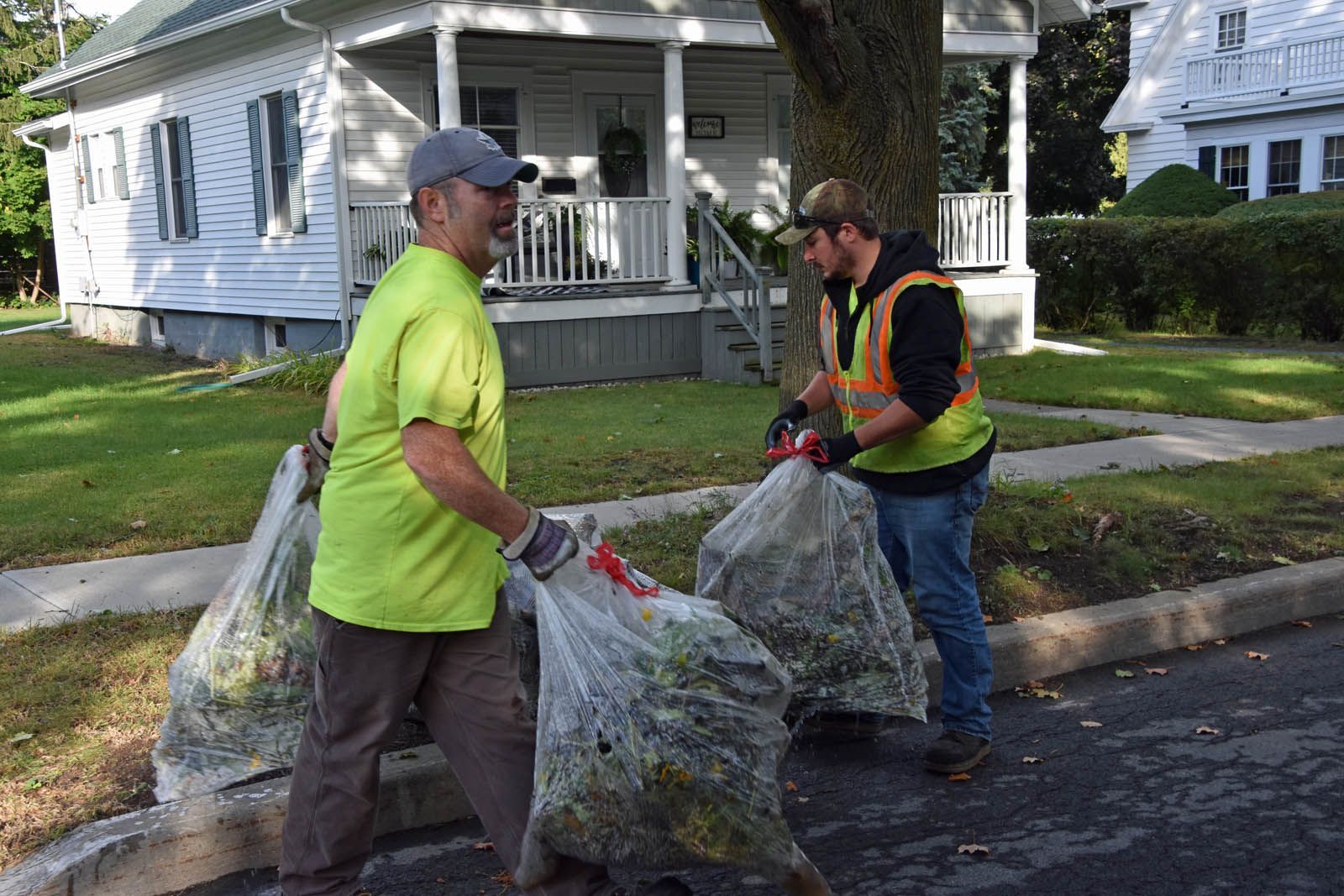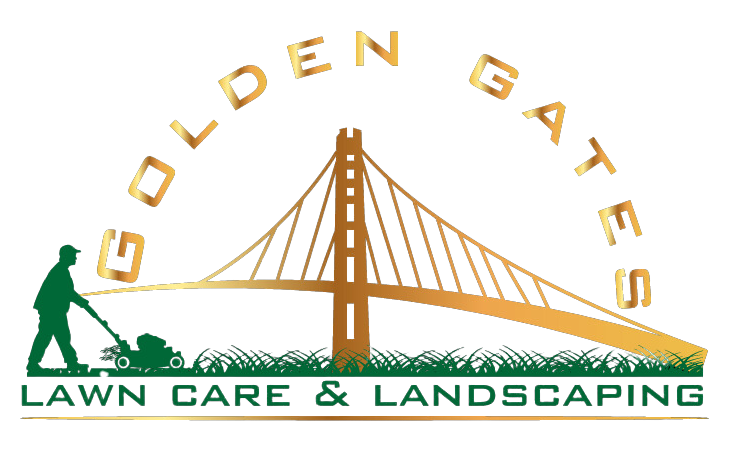Taking Care Of Your Needs
Timely leaf removal plays a crucial role in preventing blockage of storm drains and maintaining cleanliness. However, its significance extends beyond the looks of your yard. Leaving leaves on the ground can lead to mold and fungus growth due to trapped moisture, which harms the grass and surrounding plants.
With cooling weather and impending frost or snow, the removal of all leaves becomes more important. Leaving leaves unattended can lead to serious lawn damage in harsh winter conditions.
Removal can alleviate these concerns. Our efficient and thorough removal process guarantees that your lawn stays in its prime year-round.
Leaf Collection Schedule and Guidelines
The Fort Wayne Street Department schedules leaf collection from late October through mid-December, effectively managing the volume of leaves during fall.
If you plan on removing them yourself, you can plan your leaf removal activities. Whether you opt for professional services or decide to do it yourself, knowing the schedule can help streamline the process.
DIY Tips for Homeowners: Raking and Removing Leaves
Some homeowners in Fort Wayne favor the hands-on approach. If you’re one of them, here are some tips to make the process more manageable.
Make sure to use ergonomic rakes with padded handles or adjustable lengths. This can make the raking process more comfortable. Raking when the lawn is dry is also advisable since wet leaves are heavier and harder to manage.
Here are some tips for raking leaves:
- Avoid raking leaves on windy days
- Gather them into several smaller leaf piles rather than one large one to make them easier to bag or transport for composting.
- Only rake dry leaves because they weigh less
Tips for Disposing of Leaves Without Burning or Bagging
Proper disposal is one key aspect of leaf removal. In Fort Wayne, burning leaves can lead to a fine due to violations of State law and City Code. So, what are the alternatives?
Mowing over leaves to mulch them can minimize the need for raking and boost your lawn’s health by adding nitrogen. This approach serves the dual purpose of disposing of the leaves and benefiting your lawn.
Another great alternative is composting. Shredded leaves can be composted to create a nutrient-rich soil addition, enhancing your garden and flower beds come spring. This way, leaf removal doesn’t just clear your lawn but also contributes to the health of your garden.

